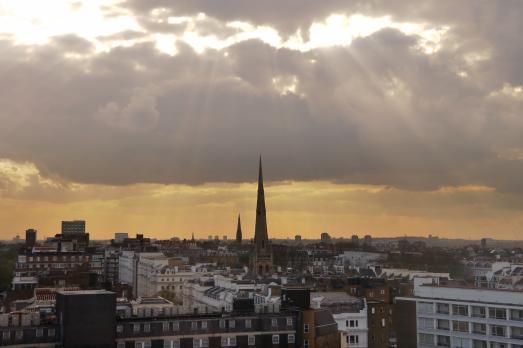
St Matthew
Bayswater, Greater London | W2 4LA
The church, a Grade II* listed building in Victorian Gothic Revival style.
Search for a fascinating place to visit, or see the variety of churches, chapels and meeting houses we have supported.

Bayswater, Greater London | W2 4LA
The church, a Grade II* listed building in Victorian Gothic Revival style.
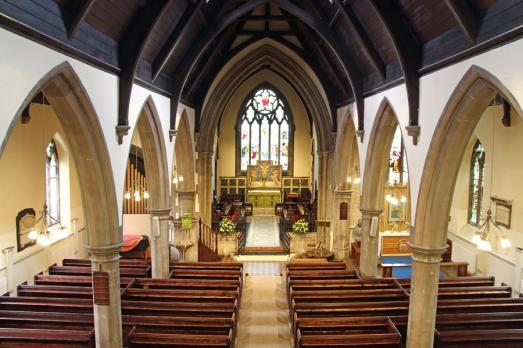
Kensington, Greater London | W8 5RQ
Christ Church was built as an Anglican parish church in 1870, and designed by W&G Audsley.
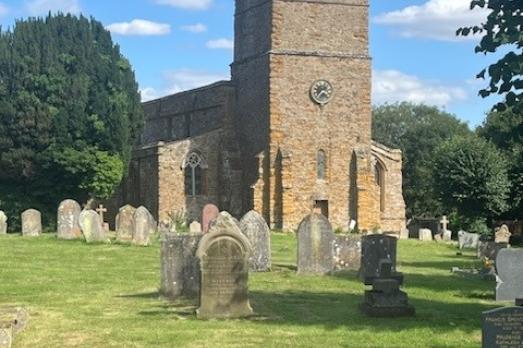
Norton, Northamptonshire | NN11 2ND
A large 14th and 15th century church with a slightly earlier tower impressively placed at the edge of the village near Norton Hall formerly a seat of the Knightley family and in the 19th century Beriah Botfield, the bibliophile.
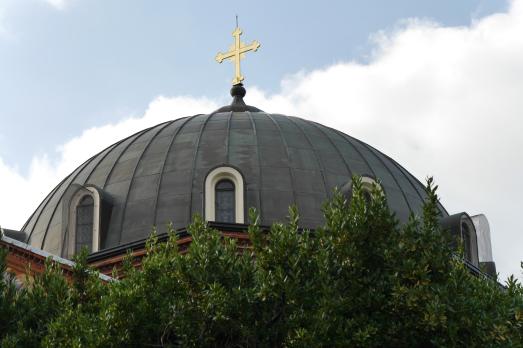
Bayswater, Greater London | W2 4LQ
Saint Sophia Cathedral is a Greek Orthodox church on Moscow Road in the Bayswater area of London.
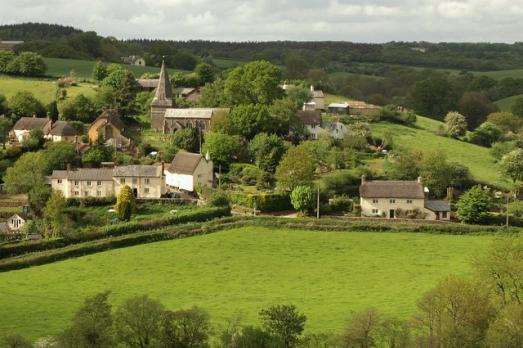
West Worlington, Devon | EX17 4TT
The famous twisted spire of wooden shingles supports a fine peal of six bells.
We have supported this church
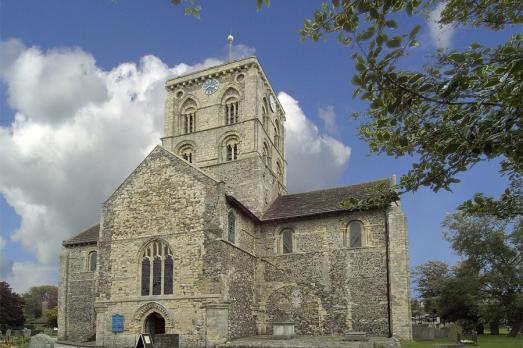
Shoreham by Sea, Sussex | BN43 5DQ
A rare example of Norman architecture at the geographical and spiritual heart of the busy town of Shoreham by Sea.
We have supported this church
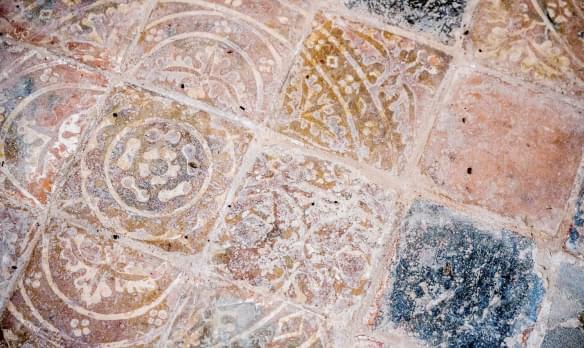
Crawley, Sussex | RH10 3DF
Back at the beginning of the 20th century, Sunday worship took place in a small wooden hut, not far from the church’s current site.
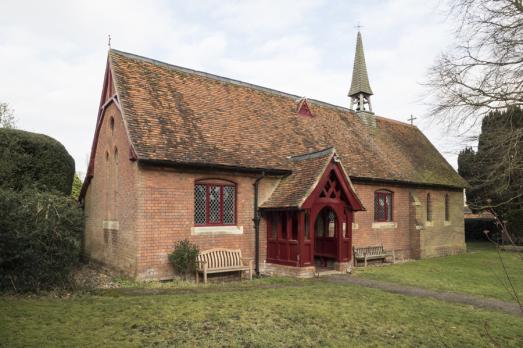
Childwick, Hertfordshire | AL3 6JJ
A small and beautiful George Gilbert Scott church in a serene hamlet just outside St Albans.

Paddington, Greater London | W2 5TF
The parish was founded in 1865 in a densely packed slum district, the architect was George Edmund Street, a member of the Margaret Street congregation, and then at the height of his powers.
We have supported this church

Luton, Bedfordshire | LU3 3AL
During the 1950s and 1960s the Catholic population expanded, creating a need for new churches.

Chelsea, Greater London | SW3 5DQ
Standing just a few yards from the River Thames, this historic church has a history going back into the depths of the Dark Ages.

Child's Hill, | NW2 2TJ
A surprisingly bright and spacious church, All Saints was built in 1856 and having from a fire in 1940, was rededicated in the 1952.
We have supported this church